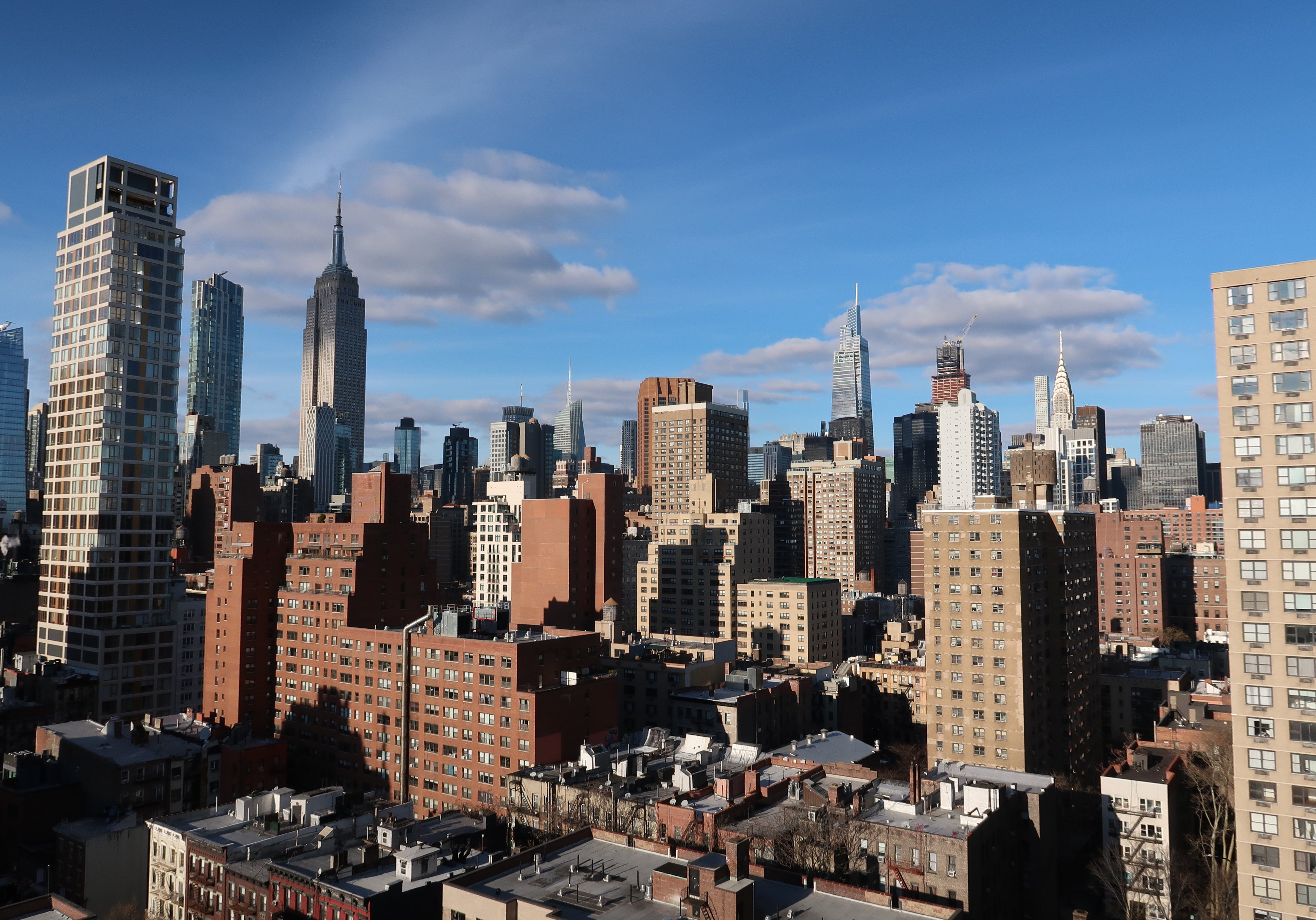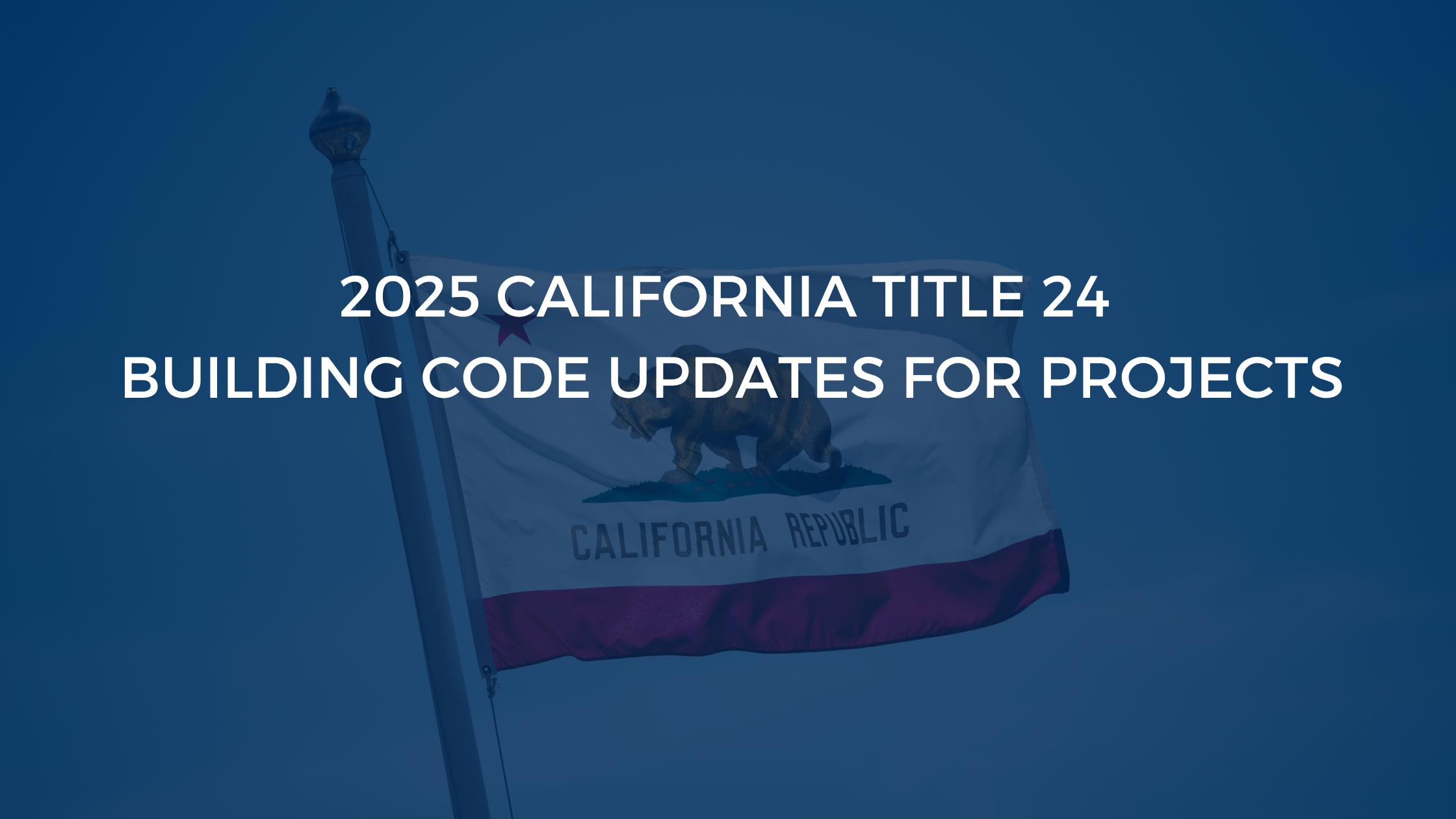An increasingly common question concerns how to calculate the height of a building. What specifically classifies a given building as a high-rise? The definition of a high-rise has been clarified since the 2008 code was established.
1968 Definition: Highest point
According to the 1968 Building Code, a high-rise structure was any building or structure at least 75 feet in height. Specifically, this measurement for “Building Height” was defined as:
The vertical distance from the curb level to the highest point of the roof beams in the case of flat roofs, or to a point at the average height of the gable in the case of roofs having a pitch of more than one foot in four and one-half feet; except that where the curb level has not been legally established or where every part of the building is set back more than twenty-five feet from a street line, the height shall be measured from the adjoining grade elevation. (NYC Building Code, 1968)
This definition allows some freedom in terms of measuring a building’s highest point, which is often an unoccupied floor, but it also causes confusion in building classification.
Modern definitions: More detail
The 2008 and 2014 codes still maintain a high-detail method for calculating the building height, but the specific definition for a “high-rise building” is simpler:
A building with an occupied floor located more than 75 feet (22,860 mm) above the lowest level of fire department vehicle access. (NYC Building Code, 2014)
Regardless of the grade change, the lowest level at which the fire department can access the building is the level at which the starting measurement is taken. The end measurement is taken at the highest occupied floor, not just the highest point of the building.
This official definition determines which systems and requirements the building must meet. Section 403 of the NYC Building Code (High-Rise Buildings) specifically references detailed requirements for high-rise buildings.
The New York Public Library: High-rise or not?
Even with this level of detail, the definition can still cause confusion. For example, consider the main branch of the New York Public Library, which stands at 98 feet tall. While it does not strike anyone as a high-rise building, if it were constructed under the 1968 code, it would qualify as such. If the same building were built today, it would not be a high-rise because the highest occupied floor is below 75 feet from the lowest level accessible by fire department vehicles.
However, if the library did not have vaulted ceilings and were instead filled with occupied floors, the same building—with no exterior changes—would qualify as a high-rise under today’s code. Thus, the building would need to comply with all provisions under Section 403.
If you'd like additional information about high-rise building classification contact Milrose Consultants.



-3.png)


